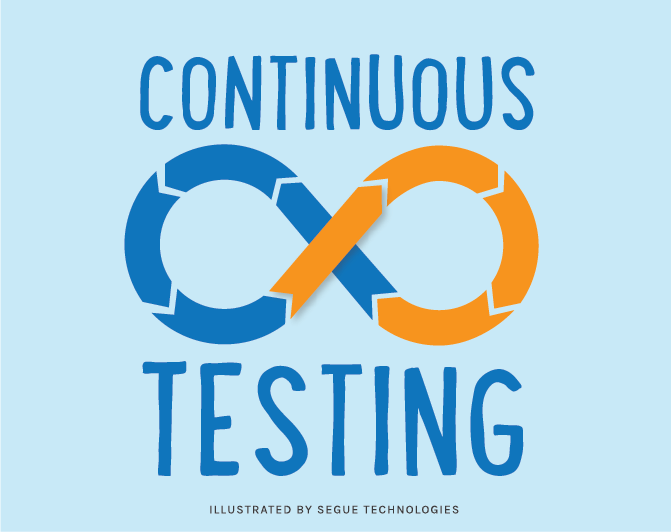How involved do you want to be in the development and evaluation of your new software? We know that developing new software (whether it’s a website or an app) requires a significant investment of money and time, so you’ll probably want to have at least some input in the process. The great news is…you can! Testing an application that is using the Agile Methodology means that the evaluation of the software requirements are done throughout the project cycle. Agile testing allows the customer to provide feedback sooner and more frequently, giving them increased control.
What is Agile Development?
As its name suggests, agile development is a more flexible approach to software development. In our blog What is Agile Software Development, the concept is defined as:
“a method of developing software solutions, including websites, web applications, and mobile applications, that focuses on delivering high-quality working software frequently and consistently, while minimizing project overhead and increasing business value.”
Traditionally, software development consists of a series of steps, beginning at identifying the requirements and moving on to design, implementation, and verification or testing. This concept is often called waterfall development (also known as plan-driven) because of the way in which each step falls into the next in a singular direction, downhill. The process is linear in that there is little to no interaction between the steps.
Agile Development, on the other hand, seeks to integrate the steps into each other, allowing for continuous feedback and adjustments as necessary throughout the process.
How Does Testing Fit in to Agile Development?
As you may have noticed in the definition we quoted above, testing is no longer the final step as it would be in the traditional waterfall model. Instead, it is a continuous process, informing the various steps from planning, all the way to implementation.
In fact, it is this integration that makes agile development so much more flexible than other, more traditional approaches. Agile testing means being able to ensure functionality and real-world applicability almost from the moment that the software is first conceived. Since the various steps, and the people responsible for these steps, continuously interact with each other, adjustments can be made from planning to implementation.
What Does Agile Testing Mean For The Customer?
Of course, as a customer you may have little interest in how exactly your software, mobile/web application, or website is created, as long as the end result is both objectively good and exactly what you imagined. Fortunately, that’s exactly what Agile testing allows.
First, testing throughout the process improves the final product. Adhering to a strict timeline and set of linear steps may mean that once you get to the final verification step you run into a functionality issue that’s not easily fixed. In most cases, that means either ignoring the issue, or having to expand both your budget and timeline. If, on the other hand, the issue is identified and fixed as it occurs, your final website or app will be a better product without needing additional money or time.
Second, and closely related to improving the final product, Agile testing also allows for increased customer control over the final product. Waterfall development often leads to a relatively isolated process in which the development firm may seek customer approval during planning, but will work on its own until it’s time to evaluate the finished product. As is the case with our example above, this isolation could result in an issue that is detected too late to be fixed without additional investment of time and/or money.
In Agile testing, on the other hand, the customer is closely involved throughout the development process. Because of an emphasis on collaboration and continuous testing, customers are able to offer input during every stage of the project in every stage. As a result, testing is aligned with customer expectations to ensure the final product is not only improved but also adjusted to the customer’s exact needs.
That’s why Agile testing is such a crucial part of software development today. Its continuous nature allows for a product that’s both high-quality and exactly aligned with customer expectations, ultimately making it an invaluable option for businesses.



